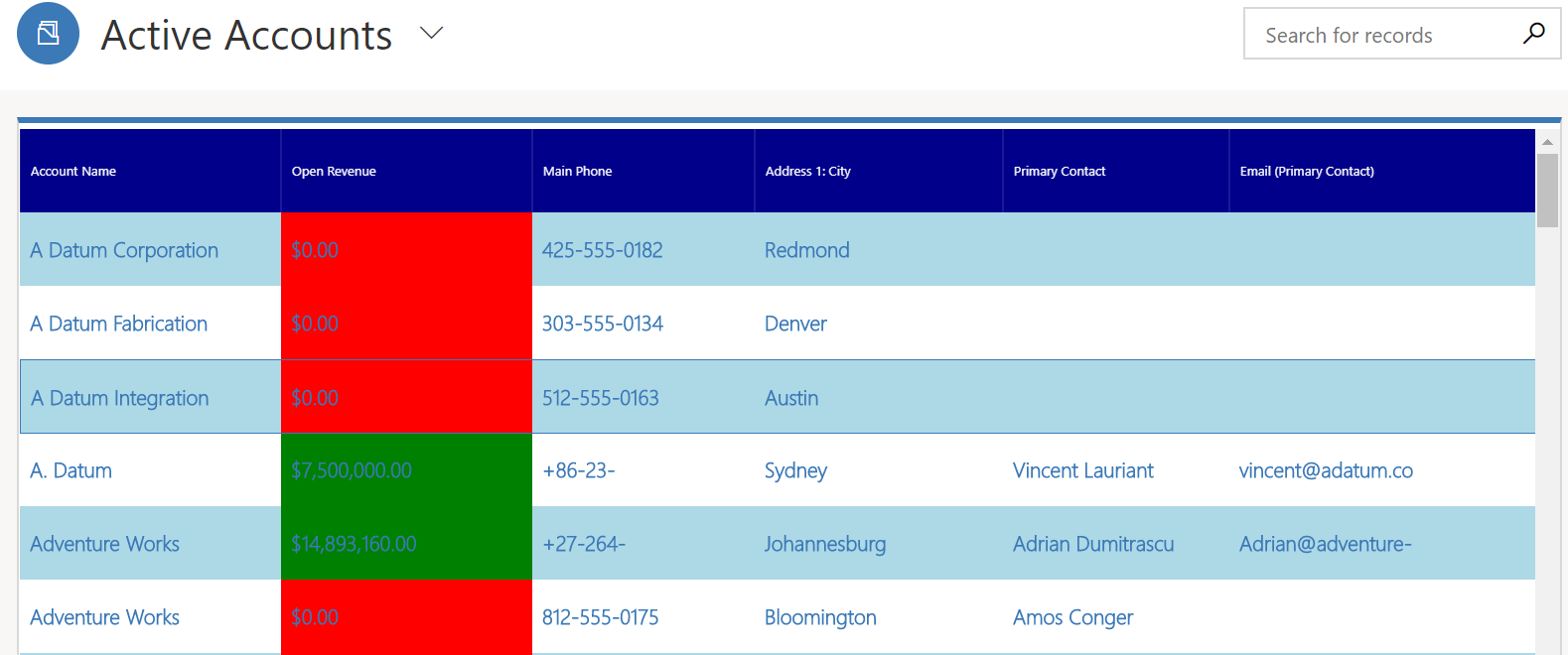

To conduct business and deliver products and services, Pearson collects and uses personal information in several ways in connection with this site, including: Questions and Inquiriesįor inquiries and questions, we collect the inquiry or question, together with name, contact details (email address, phone number and mailing address) and any other additional information voluntarily submitted to us through a Contact Us form or an email.

Please note that other Pearson websites and online products and services have their own separate privacy policies. This privacy notice provides an overview of our commitment to privacy and describes how we collect, protect, use and share personal information collected through this site. Pearson Education, Inc., 221 River Street, Hoboken, New Jersey 07030, (Pearson) presents this site to provide information about Adobe Press products and services that can be purchased through this site. These types of animations aren't easy to make 100% convincing, but the fact that they're possible at all is only due to the inclusion of this effect. This feature is also good for creating flowing liquid, which has been largely out of bounds for After Effects until now. For example, you can create a convincing waving flag by creating the broad flapping via deformation and the fine ripples of the wind with animated displacement (see Figure4). Of course, the real power comes from combining the two. The result is more organic and fractal-looking than with deformation you can create topographical maps, ripple animations, and even (with a very simple geometric map) primitives and simple objects like a staircase. It takes a little practice to get used to how you deform an item in three dimensions, and it can be a challenge to do something precise such as an exact curve (for instance, to replace the label on a can of soda), but the resulting layer is truly curved as the camera rotates around it, the curve reads correctly as being three-dimensional.ĭisplacement is a lot like what you get with the displacement mapping tools in any 3D application, where the luminance of a given pixel pushes an equivalent area of the layer upward (if brighter than mid-gray) or downward (if darker). It operates via a user-definable grid, letting you pick a point on that grid and move it or its Bézier handles. Those two operationsdeformation and displacementcan be used individually or in combination with Freeform, but either one will create real z-depth that you can see in all 3D views, including (and most importantly) from the After Effects camera.ĭeformation is just like using the Mesh Warp tool in three dimensions. Freeform AE lets you deform that layer like a potato chip or displace it like a topographical map.

Keep in mind that until now, After Effects layers have pretty much always been "postcards in space"they can move around in three dimensions but cannot themselves be dimensional. The inclusion of Freeform AE, a Digieffects plug-in, changes that situation completely. After Effects has long had some great deformation tools for warping and bending an image in various ways, but until CS5 has had no way to warp or displace a layer in all three dimensions.


 0 kommentar(er)
0 kommentar(er)
